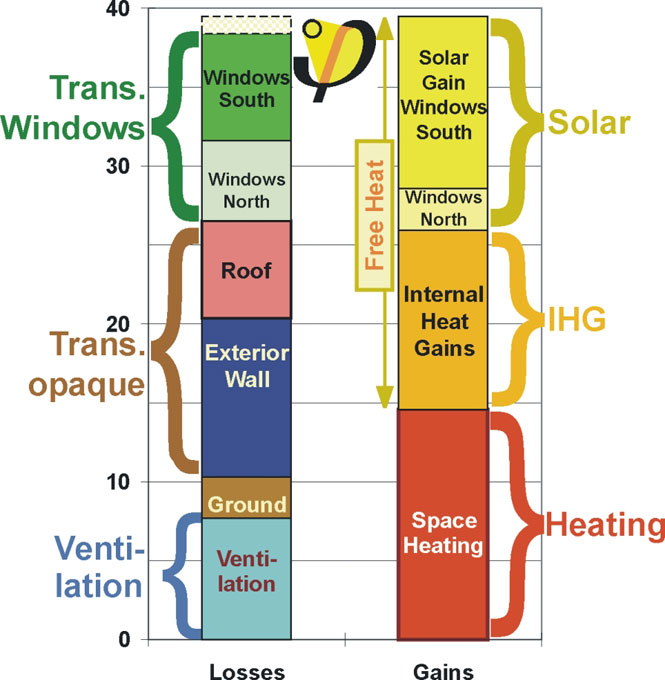WP7 - Design Tools & Quality Assurance
Workpackage 7 has three major aims:
- 1. Design Tools and Material Databases
Stakeholders will be provided with reliable design tools and specific material information, in order to guarantee a smooth and consistent design process in a widespread application of the energy refurbishment measures on historic buildings.
The Passive House Institute (PHI) will adapt and extend the Passive House Planning Package (PHPP) an existing design and energy balance calculation tool for Passive Houses, in order to fit the specific needs of refurbished historic buildings. All main calculation results, which are relevant for energy efficiency renovation certification, will be displayed on a central worksheet.
The Technical University of Dresden (TUD) will make their hygrothermal simulation tool Delphin as well as their existing databases on material properties and climatic data available for the local case study teams. The databases will be complemented with the new findings from the case studies.
- 2. Quality Assurance
The PHI’s retrofit certification scheme “EnerPHit” will be applied to the case studies. The necessary adaptation of the certification criteria to reflect the restrictions which might prevent the application of some energy efficiency measures in historic buildings, will lead to a new certification scheme for future energy retrofits of historic buildings.
For the certification process PHPP energy balance calculations for the status before and after the intervention of the case studies will be set up and checked thoroughly. The parallelly taken monitoring data will allow for a comparison to real-life energy consumption and comfort levels. This will lead to recommendations for future projects. Compliance of the energy efficiency measures with conservation requirements will be observed throughout the project and in a final evaluation by IDK.
- 3. Integration of the Project Findings into Normative and Guidance
The demonstrated best practice, available design tools and quality assurance methods will finally contribute to the integration of historic building issues in normative and guidance. This includes a proposal by TNO for an EPBD update aimed at EU-wide harmonized energy efficiency requirements for historic buildings as well as a contribution to the development of a CEN standard on energy efficiency for protected houses (by EURAC).
Since the local municipalities are also important actors in the process towards a more energy efficient building stock, proposals for the integration of project findings into local government procedures, policies and regulations will be made (ICLEI), with a special focus on the city of Görlitz (TUD).
